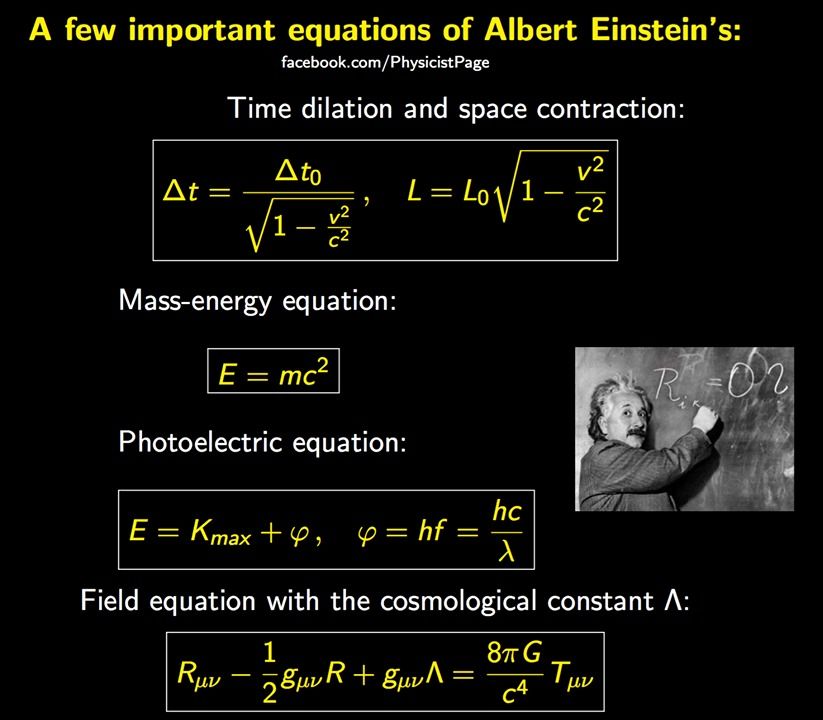DARPA, NASA spend millions to develop the needed technologies to go really fast.
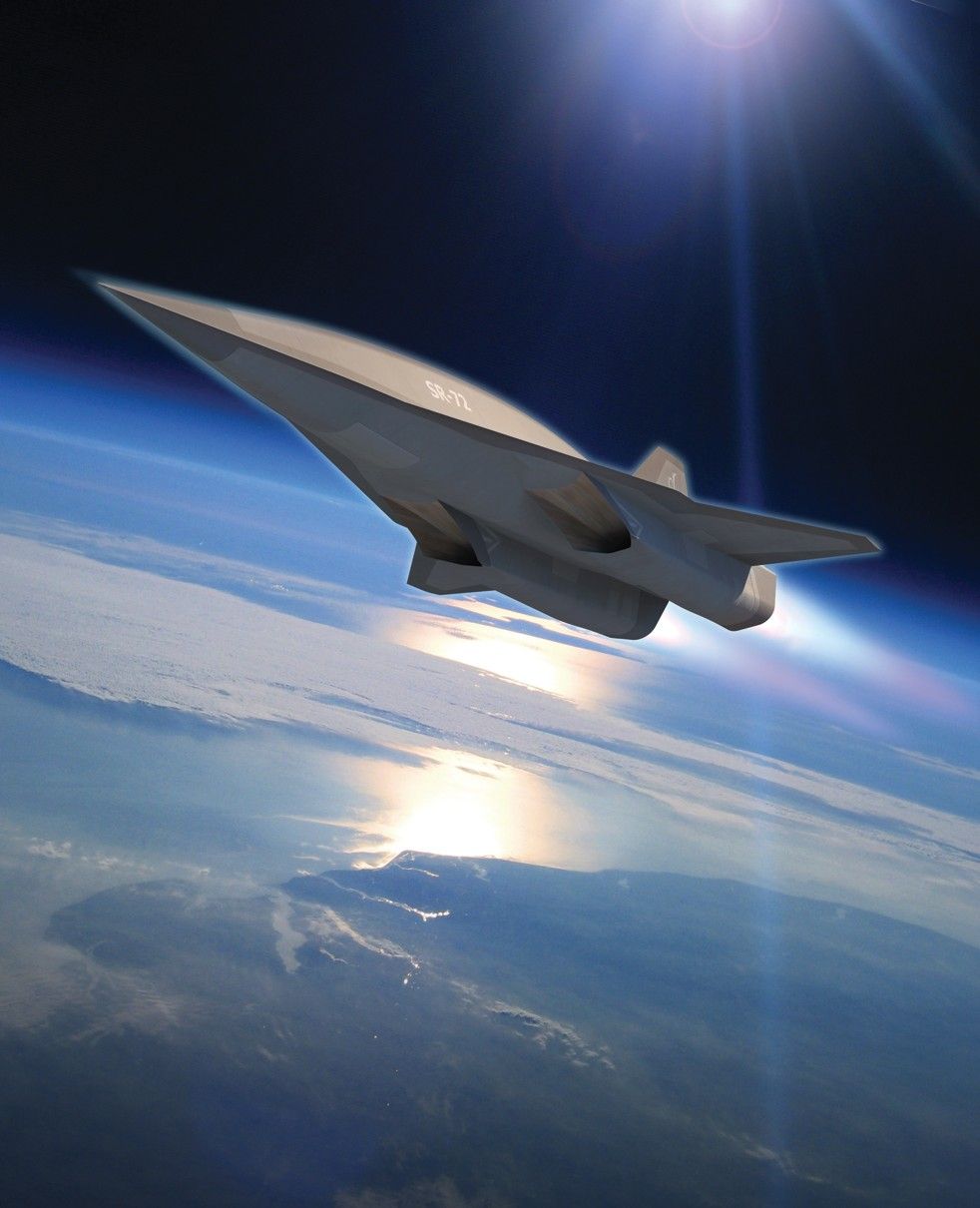

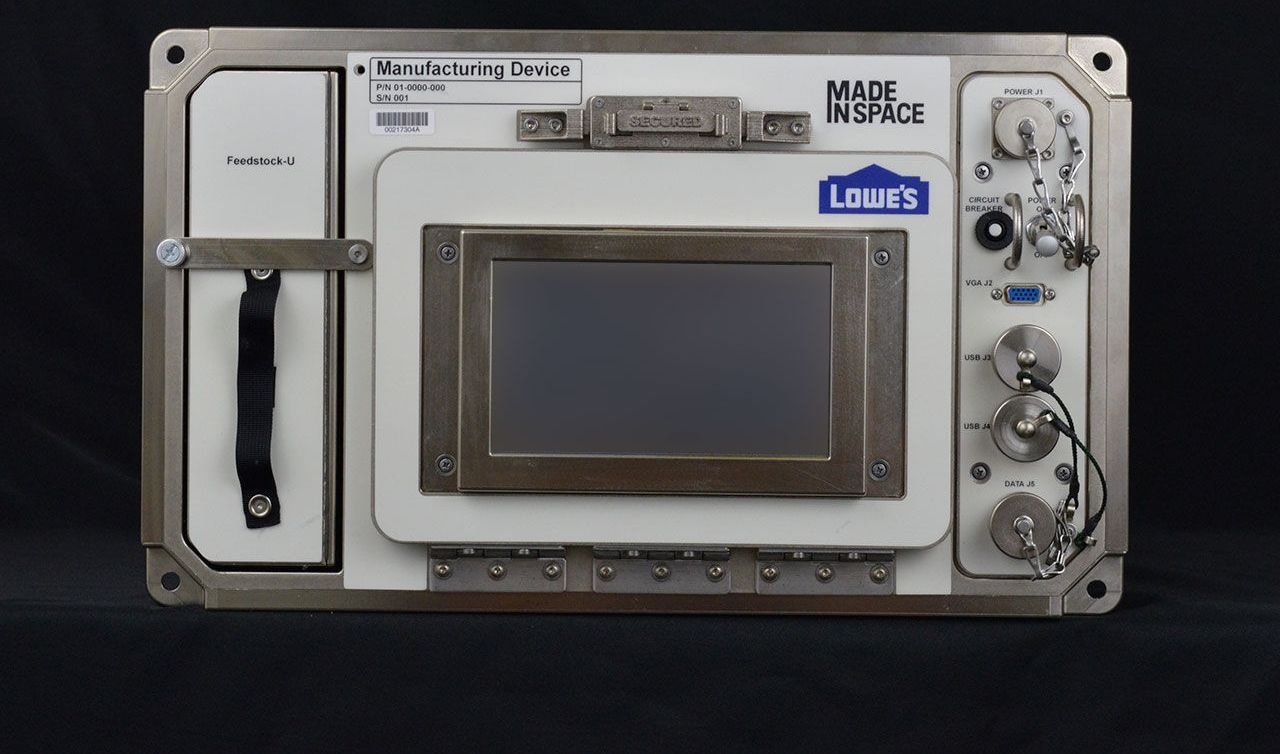
Outer space is about to get its first pop-up retail shop.
Lowe’s, the home-improvement store, has teamed up with Made In Space, the company behind the world’s first zero-G 3D printer, to launch the first commercial manufacturing facility on the International Space Station.
The Additive Manufacturing Facility (AMF), as it is called, is an advanced, permanent 3D printer that will be available for use not only by NASA and its station partners, but also by researchers, educational organizations and commercial customers.
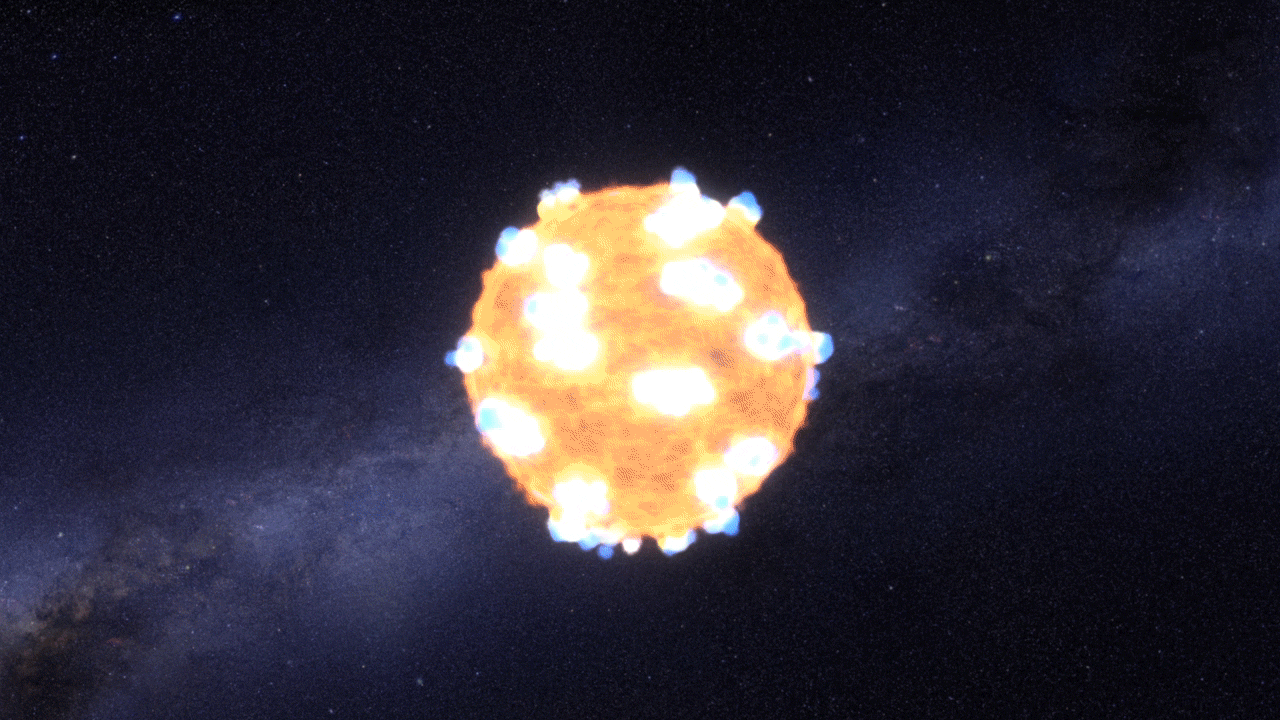
It lasted only 20 minutes and took place 1.2 billion light years away, but NASA managed to catch it on camera: a star exploding.
The brilliant flash of an exploding star’s shockwave — or “shock breakout” — has been captured for the first time in visible light by the Kepler space telescope.
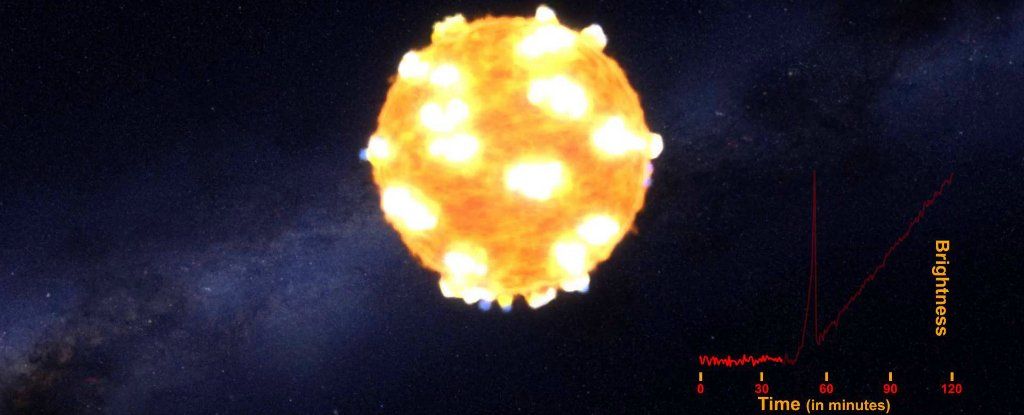
Astronomers have for the first time seen a shockwave generated by a star’s collapsing core and captured the earliest minutes of two exploding stars.
An international team of scientists found a shockwave only in the smaller supernova, a finding that will help them understand these complex explosions which create many of the elements that make up humans, the Earth and the Solar System.
“It’s like the shockwave from a nuclear bomb, only much bigger, and no one gets hurt,” says Brad Tucker from the Australian National University (ANU).
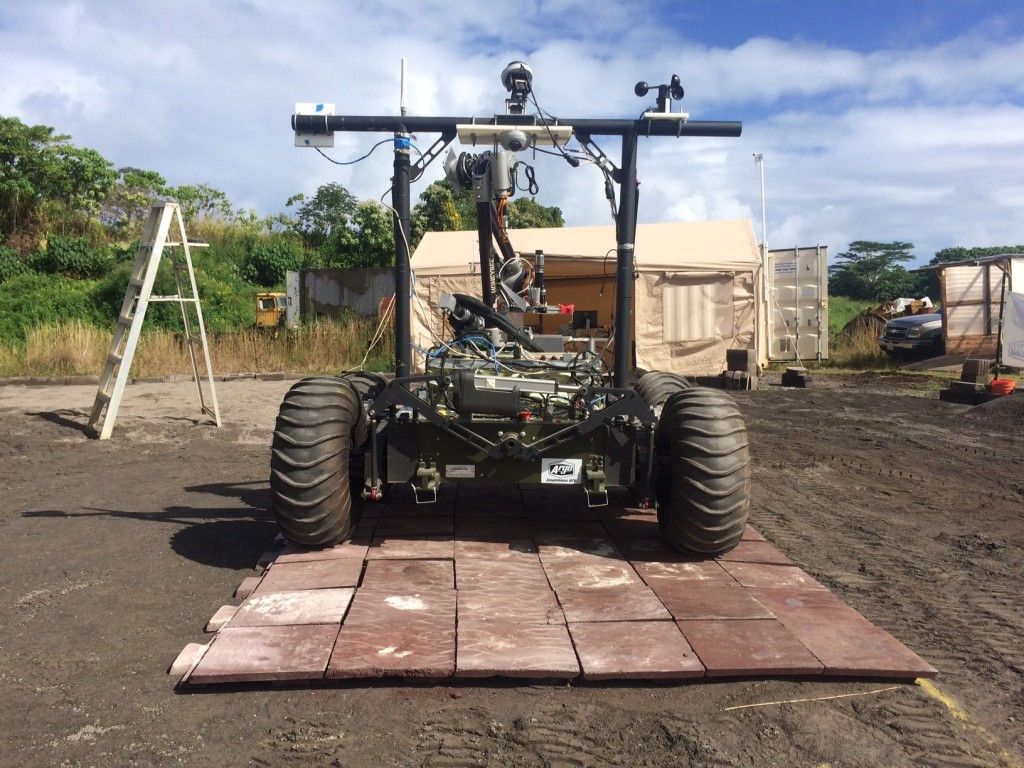
A robot has built a prototype launch-and-landing pad in Hawaii, potentially helping pave the way for automated construction projects on the moon and Mars.
The robotic rover, named Helelani, assembled the pad on Hawaii’s Big Island late last year, putting together 100 pavers made of locally available material in an effort to prove out technology that could do similar work in space.
“The construction project is really unique. Instead of concrete for the landing pad, we’re using lunar and Mars material, which is exactly like the material we have here on the Big Island — basalt,” Rob Kelso, executive director of the Pacific International Space Center for Exploration (PISCES) in Hawaii, told Hawaiian news outlet Big Island Now. PISCES partnered with NASA on the project, which is part of a larger program called Additive Construction with Mobile Emplacement, or ACME for short. [The Boldest Mars Missions in History].
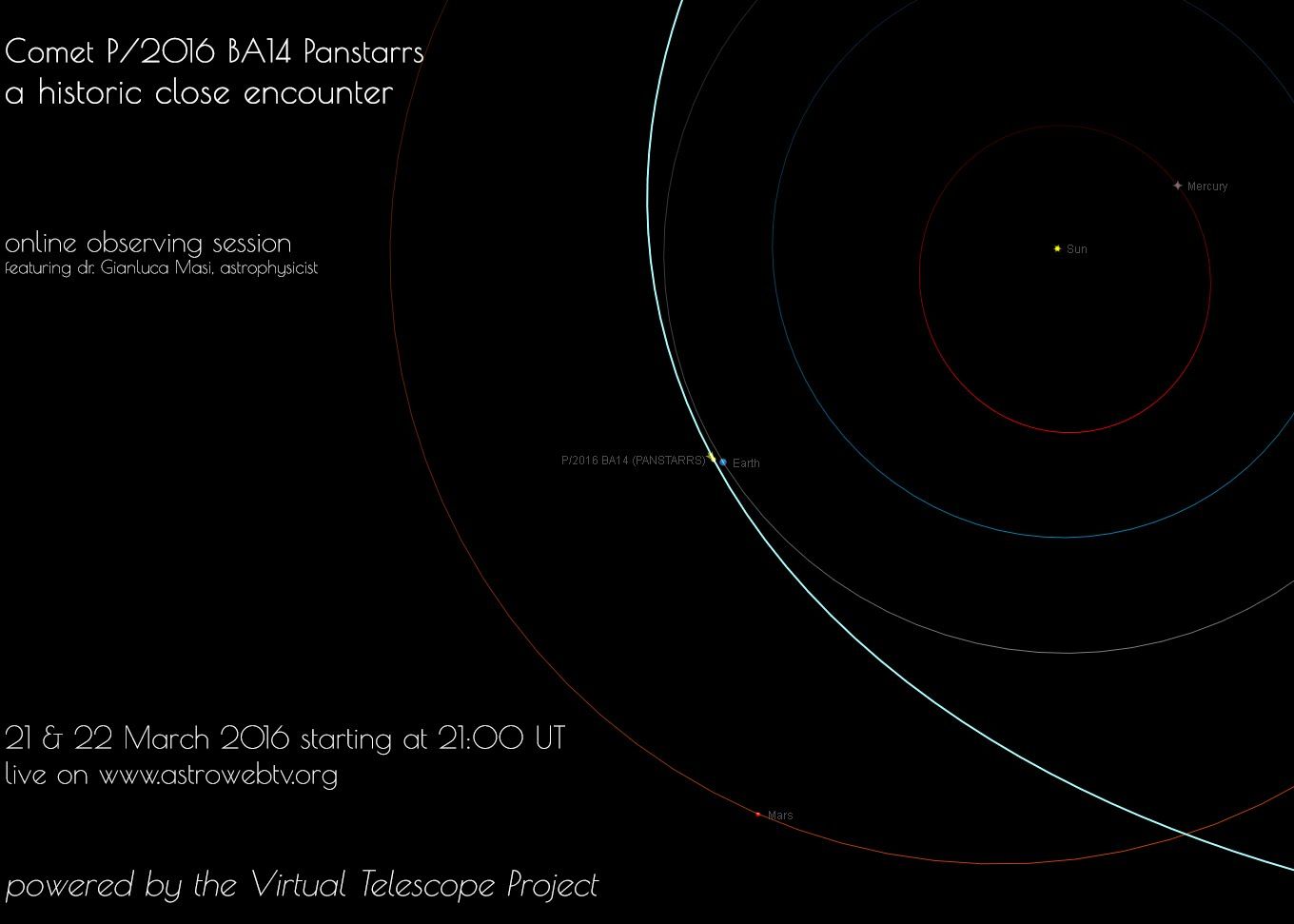
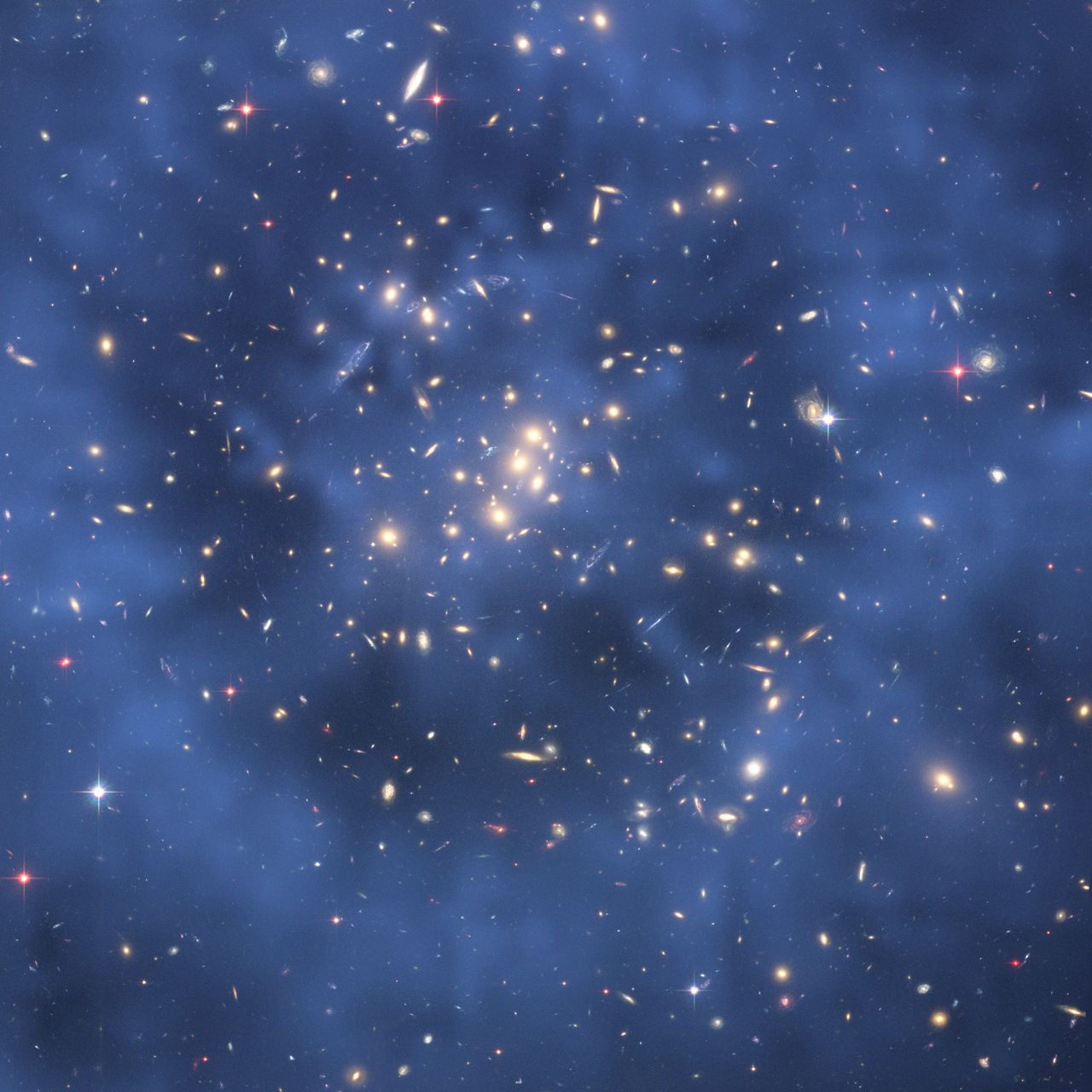
Dark matter could be made of particles that each weigh almost as much as a human cell and are nearly dense enough to become miniature black holes, new research suggests.
While dark matter is thought to make up five-sixths of all matter in the universe, scientists don’t know what this strange stuff is made of. True to its name, dark matter is invisible — it does not emit, reflect or even block light. As a result, dark matter can currently be studied only through its gravitational effects on normal matter. The nature of dark matter is currently one of the greatest mysteries in science.
If dark matter is made of such superheavy particles, astronomers could detect evidence of them in the afterglow of the Big Bang, the authors of a new research study said. [Dark Matter Explained (Infographic)].
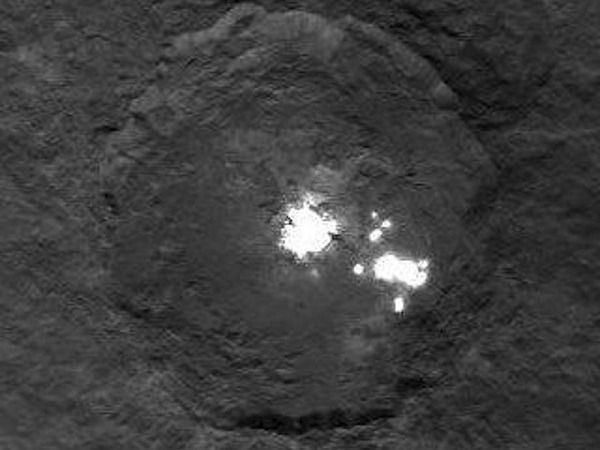
(NASA/JPL-Caltech/UCLA/MPS/DLR/IDA) Ceres’ unusually bright spots.
Nestled 250 million miles from Earth, between the orbits of Mars and Jupiter, is the largest object in the asteroid belt: Ceres.
It’s home to some of the most puzzling features ever observed in our solar system, including a giant pyramid that dwarfs many mountains on Earth and several dazzling bright spots inside a 50-mile-wide crater.

“Modern life relies on satellite sytems but they are alarmingly vulnerable to attack as they orbit the Earth. Patricia Lewis explains why defending them from hostile forces is now a primary concern for states”
